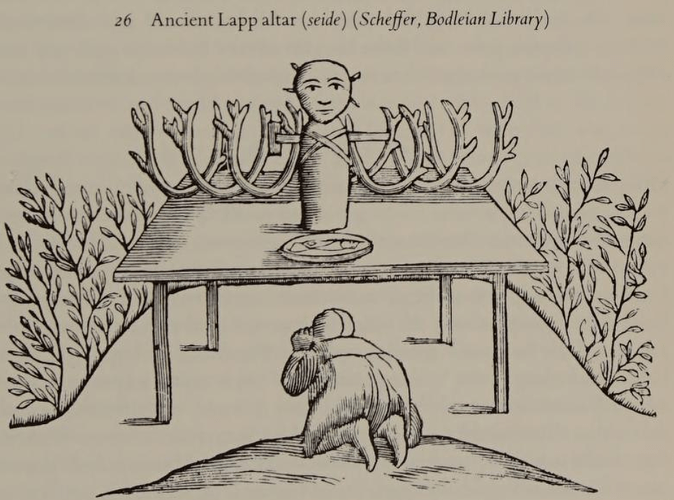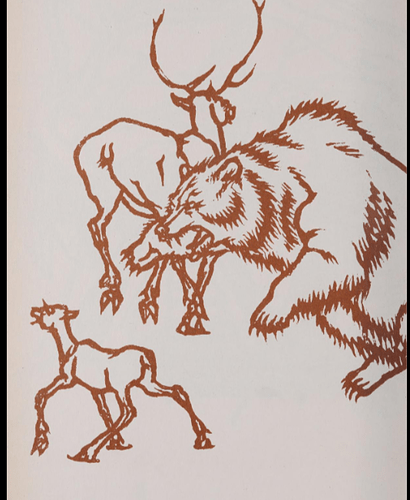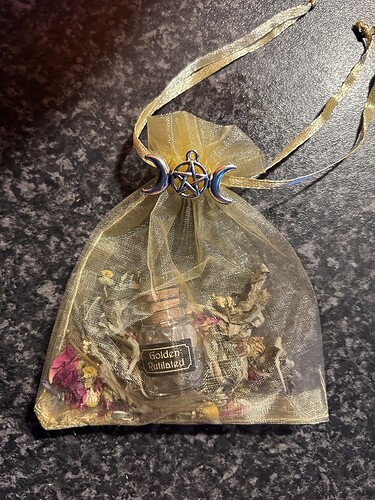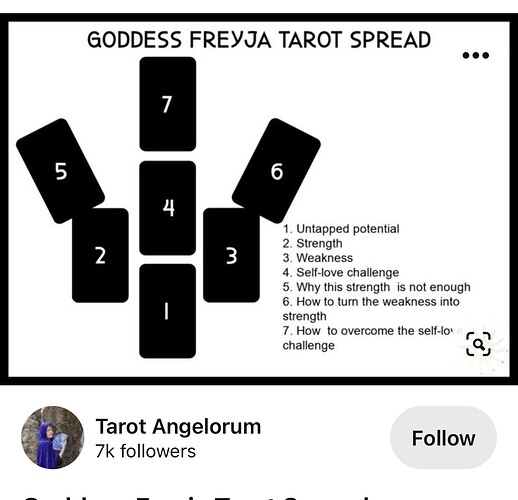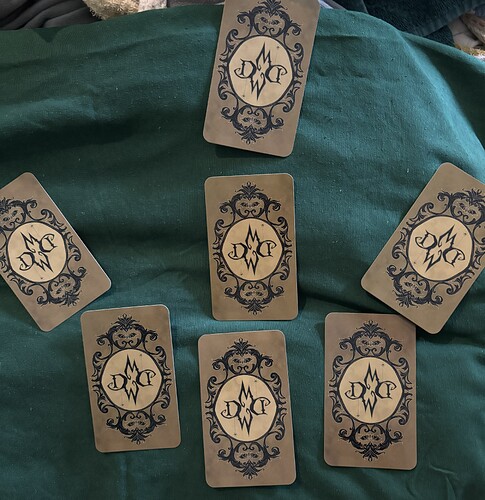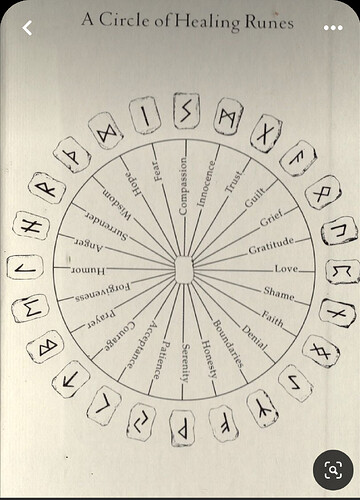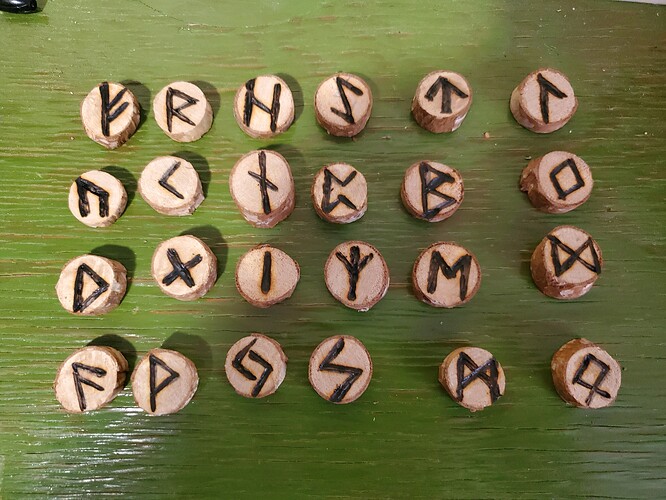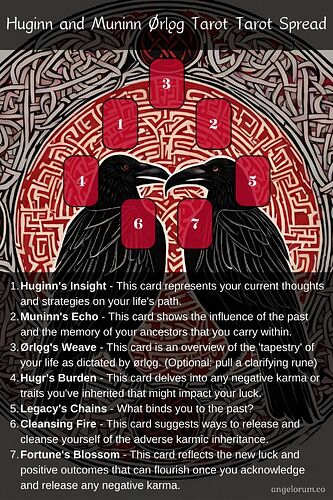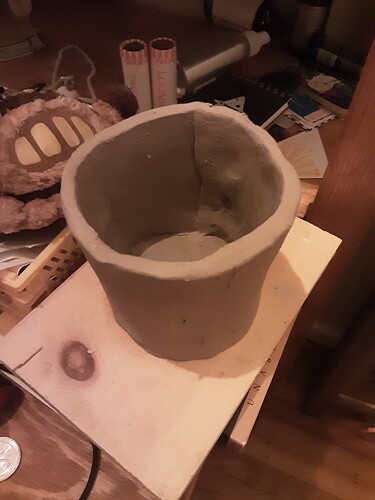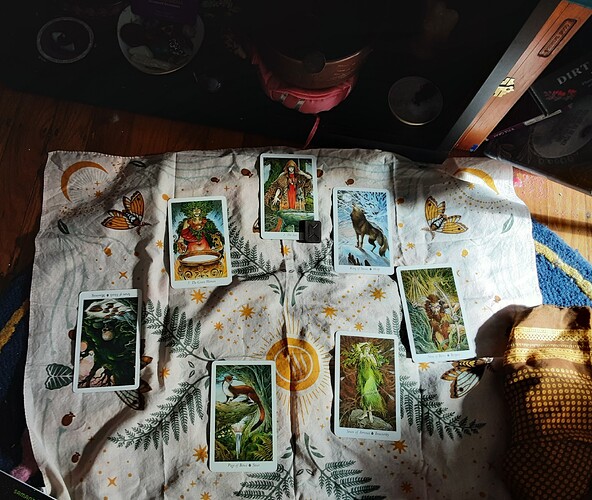Challenge Entry – Nordic Traditions and Magick
Sami Traditions and Magick
Above the Arctic Circle is an area called Lapland that stretches across Norway, Sweden, Finland and part of Russia. It is not a geopolitical designation, but an area populated by the only indigenous people of Europe who call themselves Sami. Once called Lapps meaning “uncivilized”, the term is now considered derogatory. Rock art believed to be 2500 years old show men on snowshoes and skis hunting reindeer.
Once thought to be descendants of a Mongoloid tribe from Asia, recent DNA tests show an ancient haploid from the alpine area of central Europe.
The Sami once ranged throughout Finland but were pushed north by the Finns in the 16th century.
The Sami were not Christianized until the 12th century and the Catholics left them to practice their own spirituality until the Protestant Reformation in the 17th century when the Swedish overlords violently suppressed what they believed was idolatrous magic. The magic drums of the shamans were seized and burned. In 1693 Lars Nilsson was burned to death at Arjeplog for attacking a pastor and taking back his confiscated drum.
Missionary accounts of the Sami practices must be studied carefully because the priests would be fitting what they learned into the framework of their own beliefs and knowledge. The Sami would have distorted or suppressed some matters when being accused of heathen practices and threatened with death.
The Sami considered their belief system to be a way of life rather than a religion. The Otherworld existed alongside the material world and was more perfect, and the home of the dead (the Saivu, the ancestral mountain).
Their spirituality was animistic. Every object had a soul and must be respected. There were many spirits with control over different aspects of nature. Interpreting the will of the spirits was the responsibility of the shaman (noaidi). He entered the Otherworld in a trance or out of body experience through rhythmic drumming, singing the joik, and using hallucinogens such as the fly agaric mushroom. He mediated with deities to ensure a safe and successful hunt, or to heal someone, or to appeal to the elements for survival. The shaman also performed divination for the clan, and foretold future events, sometimes over great distances.
The shamans were famous sorcerers and were credited with controlling the winds, and performing minor miracles such as staunching the flow of blood. The Norwegian king forbade his subjects from traveling to the Sami shamans for their magical services.
Some of the Sami deities were:
Dierpmis, thunder god
Bieggolmmai, wind god
Cahcolmmai, god of lakes and oceans
Leaibolmmai, god of alder and wild animals
Ipmil, the Supreme god
Raudna, god of lightning and the Earth
Mattarahkka, woman creator and mother goddess
Sarahkka, woman who spins
Uksahkka, door woman
Juoksahkka, bow woman who protects infants.
The Sun, Baive, was a primeval cosmic being and suitable offerings to her were the bones and antlers of a white reindeer.
The Moon, Aske, did not play a major role and lost its place in the cult.
As the Sami were affected by the influx of other cultures, the names of the gods changed to others such as Thor and Jesus. In its oldest form the religion consisted of the worship of local idols and the dominant natural forces of wind, water, etc.
Specially shaped rocks or trees resembling human form were guardian deities, sieidde. Other sieidde locations were grottos, caves, mountain peaks, and lakes. Some of these sites have rich finds of metal objects dating from 700 to 1400 AD, but also have quartzite, slate, and asbestos tempered pottery from 4000 years or more.
Offerings were antlers, bones, fish fat, blood, or whole animals. Offering were in the form of gratitude or in the form of bargains. If the bargain was not kept the altar would be knocked over.
The family had a shrine (boasso) within the tent, but it was forbidden to women. Entered by the back door, the male of the household kept his weapons, drum and household god there, and made family prayers and sacrifices to a minor goddess of hunting that lived beneath the shrine.
One ritual which was practiced even after Christianity was the ritual of the Cult of the Bear. A detailed account of the weeklong event can be found in The Lapps by Roberto Bossi, 1960, Chapter XI.
The brown bear was considered the animal king. An age old belief was that the bear was the ancestor of their race. They said it had the intelligence of one man and the strength of nine men. It had the supernatural power of being able to sleep all winter. A hungry bear emerging in early spring was a threat to the reindeer calves. The bear demanded awe and respect especially before the introduction of firearms.
In early spring the bear was chased from its den into a wall of spears set in the ground. At the end of the feasting and festivities, the bear was buried, being careful not to break any bones, so it could resurrect in the spring.
The Sami were a peaceful people and traditionally the weaker party in any encounter with other cultures and so relied on guile to outwit rather than on force to overcome their adversaries. Today their descendants fight for their rights like other indigenous people around the world.
Sources:
Nomad year in the North. Ernst Mauritz Manker, 1964.
The Lapps. Arthur Spencer, 1978.
The Lapps. Roberto Bossi, 1960.
Ancient wisdom: earth traditions in the Twenty-first century. Vinianne & Christopher Crowley, 2000.
The history of Lapland. Johannes Scheffer, 1673.
![]()
![]() but to connect it back to Nordic practices, I went into my ancestry report to see if my lineage can be traced back to that area.
but to connect it back to Nordic practices, I went into my ancestry report to see if my lineage can be traced back to that area.
![]() but I have to remember, too, that the first recorded Viking raids in Ireland took place in the 700-800CE time, well before my Irish ancestors came to the United States. It’s possible I have more than that but it’s not recorded because of the way the DNA stuff works right now. Anyway, I learned a new word, too.
but I have to remember, too, that the first recorded Viking raids in Ireland took place in the 700-800CE time, well before my Irish ancestors came to the United States. It’s possible I have more than that but it’s not recorded because of the way the DNA stuff works right now. Anyway, I learned a new word, too.![]()

